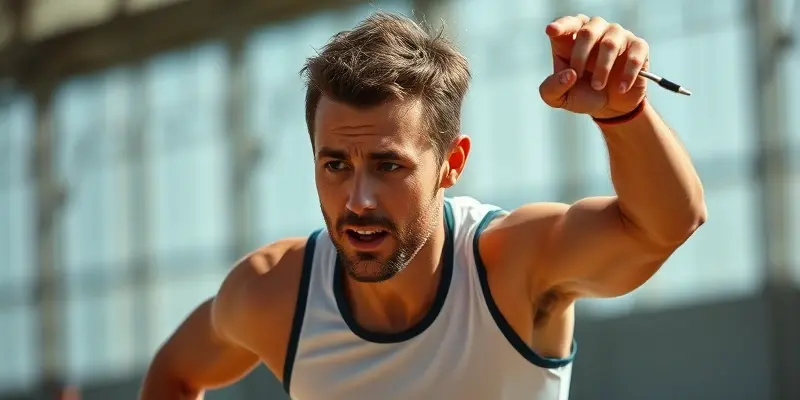Holistic Approach to Sports Injury Prevention and Recovery
As a fitness enthusiast, regardless of your skill level or athletic background, prioritizing injury prevention and effective recovery strategies is key to ensuring you maintain your physical well-being and optimize your performance. In this article, we will delve into the essential practices for preventing sports injuries, recovering faster, and safely returning to your training routine.
Introduction
Sports injuries can be setbacks for any athlete, from beginners to professionals. Understanding the importance of injury prevention and recovery is crucial for ensuring long-term fitness and optimal performance. This article aims to provide practical strategies to help you stay injury-free, recover efficiently, and get back to doing what you love.
Injury Prevention Strategies
Warm-Up and Cool-Down
- Warm-Up: Engage in dynamic movements like jumping jacks to prepare your body for activity.
- Cool-Down: Incorporate static stretches post-workout to aid in muscle recovery.
Proper Equipment
- Wear sport-specific protective gear and ensure it fits well to provide optimal support and protection.
Strength Training and Conditioning
- Strengthen muscles around vulnerable areas to enhance joint stability and reduce the risk of strain.
Proper Technique and Posture
- Master sport-specific form to minimize strain and enhance movement efficiency.
Gradual Progression & Load Management
- Increase training intensity gradually to prevent overuse injuries like tendinitis.
Flexibility and Balance Training
- Focus on regular stretching and balance exercises to improve range of motion and prevent lower limb injuries.
Recovery and Rehabilitation
R.I.C.E. Method for Mild Injuries
- Rest, Ice, Compression, and Elevation are essential for reducing swelling and pain.
Physical Therapy and Rehabilitation
- Tailored rehabilitation programs aid in restoring strength and flexibility for a safe return to sport.
Use of Supportive Tools and Gadgets
- Braces, splints, and compression garments can support injured areas and aid in muscle repair during the healing process.
Nutrition Plans to Speed Healing
- Protein Intake: Support tissue repair with adequate protein consumption.
- Anti-Inflammatory Foods: Include omega-3 rich sources, fruits, and vegetables to reduce inflammation.
- Hydration: Maintain proper hydration levels for optimal muscle function.
Psychological Methods for Motivation During Rehabilitation
- Set achievable goals to build confidence.
- Seek social support to reduce isolation.
- Practice mindfulness and visualization techniques to manage pain anxiety and maintain focus.
Summary of Common Injuries and Focus Areas
| Injury Type | Common Causes | Prevention Focus ||—————————-|———————-|—————————————————————————|| ACL and Knee Ligament Injuries | Poor technique, sudden twisting | Strengthening, proper equipment, technique correction || Ankle Sprains | Cutting, unstable footing | Proper footwear, balance training || Stress Fractures | Overuse, sudden increase in training | Gradual progression, adequate nutrition || Shoulder Injuries | Impact, repetitive overhead movement | Strength training, posture, protective gear |
In conclusion, by combining these injury prevention strategies, recovery techniques, proper nutrition, and psychological support, you can proactively safeguard your physical well-being, recover effectively from any setbacks, and return to your training routine stronger than before. Prioritize your health and fitness journey by embracing a holistic approach to injury prevention and recovery.
Remember, your well-being is your greatest asset in achieving your fitness goals!
This comprehensive guide serves as a roadmap for individuals at all levels of fitness to navigate the realms of injury prevention, recovery, and performance optimization. Stay committed to your fitness journey and prioritize your health above all.

